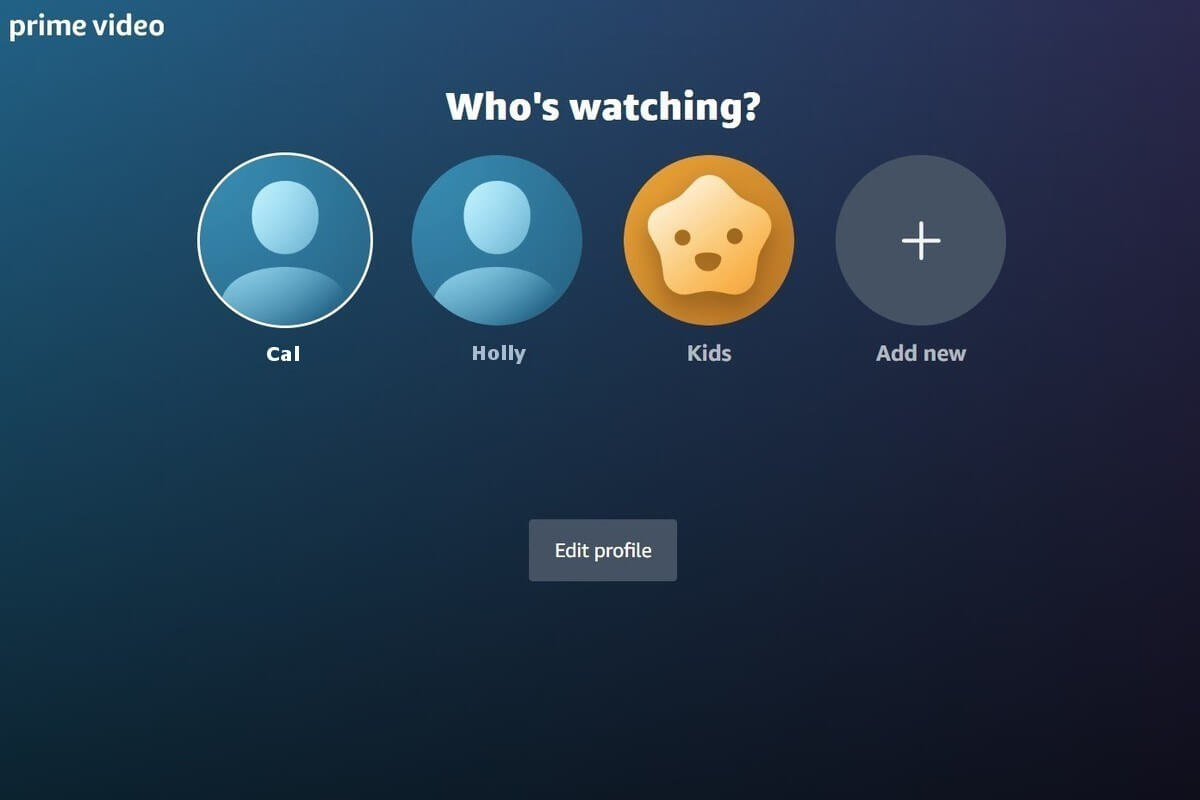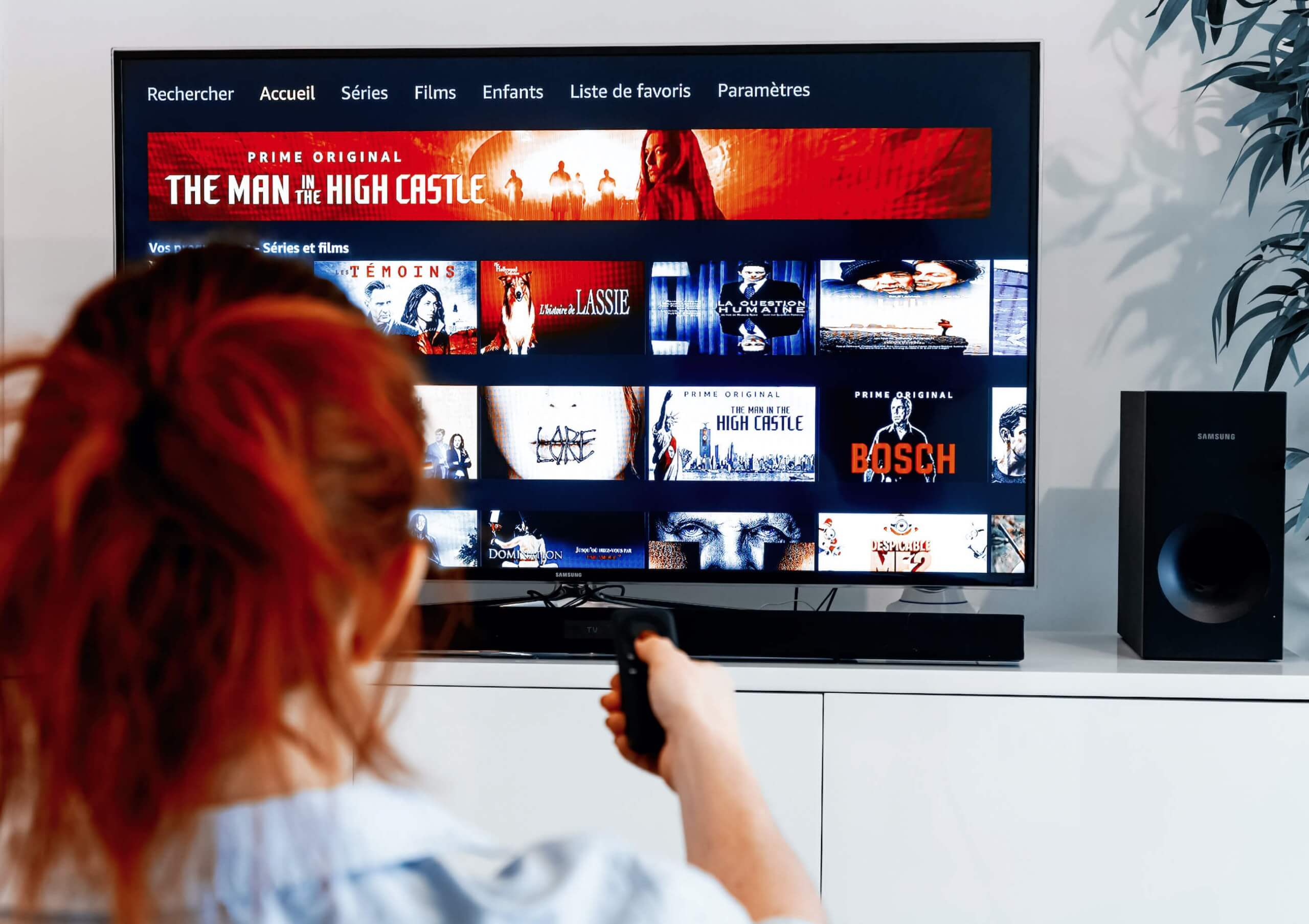Why it matters: With more people staying at home, streaming services are handling more action from multiple household members. For those used to seeing recommendations suited to their interests, having others watch on the same account can throw those "Watch Next" lists out of whack.
On Tuesday, Amazon announced that it is adding user profile functionality to its Prime Video service. Subscribers can soon add up to five additional video on demand (VOD) profiles to their accounts, making a total of six, including the primary user.
The advantage of having separate VOD profiles for family members is that it keeps everyone's interests segregated. There is no reason your kids should be getting recommendations to watch Jack Ryan while you are being pestered to continue watching Rugrats.
Amazon is a bit late to the game with the feature, as competitor Netflix introduced user profiles in 2013, but as they say, "Better late than never."
The primary user will be the default profile and will be responsible for setting up the other accounts. Subscribers can enable parental controls for kids during setup. Users manage profiles online or via the iOS and Android Prime Video app. Functionality is also coming Amazon Fire appliances and "select living room devices such as the PlayStation 4" at launch.

Purchasing through sub-profiles will be handled by Amazon's wallet sharing feature, but children's accounts cannot buy or rent content. Purchasing permissions for other profiles are managed in the settings on the primary subscriber's page.
Once set up, family members' activity is tracked by machine learning, which curates recommendations tailored to each user's preferences. It will also save watchlists, season progress, and paused shows individually.
Profiles can be turned off entirely from the "manage your profiles" setting, but once deactivated, account sharing is off for good. There is no option to reenable it. So don't turn it off unless you really have no plans of using it.
The feature began worldwide rollout today, but Amazon said it is a staged release, so not all customers will see the option at once. The company also did not mention when the implementation would be complete. Amazon's support pages have more information to help customers get started.
Image credit: pixinoo
